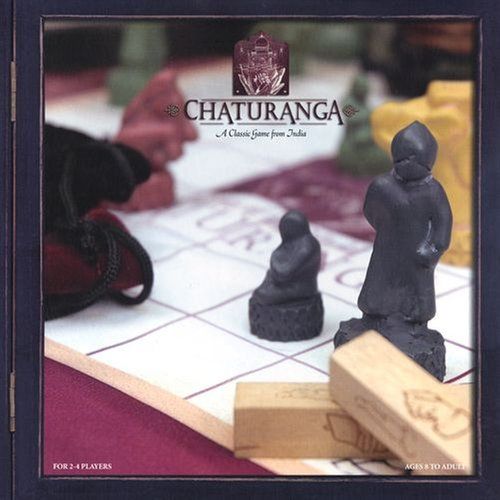Chaturanga (550) Board Game
Chaturanga is an ancient Indian strategy game that is believed to be the ancestor of modern chess. It dates back to around the 6th century and was played in the Indian subcontinent. The game was originally known for its four divisions: infantry, cavalry, elephants, and chariots, which later evolved into the modern chess pieces we know today.
Game Components of Chaturanga
How To Setup Chaturanga
Chaturanga is set up on an 8×8 board with uniform-colored squares. Each player starts with their pieces arranged similarly to modern chess, but with some differences. The Raja does not face the opponent’s Raja directly; the white Raja starts on E1 and the black Raja on D8. The Mantri, Ratha, Gaja, Ashva, and Padati are placed in their respective starting positions.
Gameplay Mechanics and Game Objective
Player Experience
Chaturanga offers a strategic and historical gaming experience, providing insights into the evolution of chess. Players must adapt to different piece movements and promotion rules, which can be both challenging and intriguing. The game maintains a strong sense of tactical play, similar to chess, but with unique twists that require different strategies.
Pros
Cons
Personal Thoughts on Chaturanga
Chaturanga is ideal for those interested in the history of board games, particularly chess enthusiasts looking to explore the roots of their favorite game. It offers a unique and challenging experience that can enhance one’s understanding and appreciation of strategic board games. However, it may not be the best fit for players seeking a game with clearly defined and consistent rules, as some aspects of Chaturanga remain uncertain.
We are supported by our audience. When you purchase through links on our site, we may earn an affiliate commission, at no extra cost for you. Learn more.

